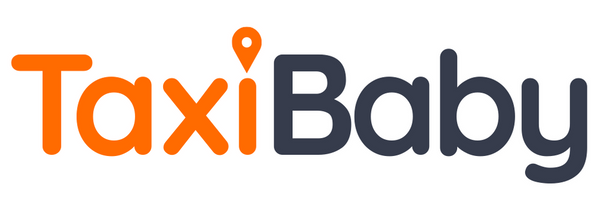
6 things you should know before buying a hifold
6 things you should know before buying a hifold
Elise, our head car seat technician, answers to the questions regarding the new kid on the block — the hifold. If you're in a mood for a read, scroll away! If you're not, we've got you covered, click on the video above to watch. xx
Hifold is a really exciting high-back booster which is going to change the travel game for so many families. We’ve already gotten a lot of feedback on it, and used it ourselves, so here are 6 important things to bear in mind if you’re thinking about investing in the newly launched hifold.
-
Allow your child to remain in a harnessed car seat until at least four years of age.
You’ll have noticed that hifold has both height and weight limits. This is a result of the category under which it is certified under the European and US standards; hifold is classified as a group 2-3 child restraint and therefore its corresponding weight limit ranges from 15 to 36 kg.However, as car seat technicians and as parents, we know that children’s bodies are not just small versions of adult bodies. They’re incredibly different in their juvenile form. The best indicator of musculoskeletal strength — that is how strong your child’s body is — and how much protection we need in a car accident, is age not weight. Therefore as child passenger safety technicians, we recommend that parents keep children riding in a harnessed car seat until at least four years of age. Following which, you may consider whether it's the right option for you to graduate your child to a high-back booster.
If you want to read between the lines: if your two-year-old is 15 kilos, call us, because we would love to see children in a more protective, age-appropriate child restraint than a high-back booster. - Hifold is yet to be approved in Australia. Hifold was planned to have certification and labelling per the European, American and Australian standard, all on one seat. However, there have been delays with the Australian certification, and therefore the current model sold in Asia carries certifications from Europe and the US only. Consequentially, the Australian version will be a stand-alone model when released. We are crossing our fingers here that there will be plans to incorporate the Australian version into the EU/US version in the future.
-
Not all high-back booster seats are created the same; the shoulder belt guide on the hifold is different from most high-back boosters, which can take some getting used to. On the upside, it’s an incredibly safe design which stops the shoulder belt unintentionally coming out of the guide, either by accident or by an unruly child. The goal is to have the shoulder belt sitting completely flat and unencumbered in the cavity.
Next, different boosters vary on their belt path; some shoulder belts go over the armrest, while some go under, so it’s really important to check your product’s manual before using it. For hifold, the lap belt goes under the armrest, and the shoulder belt goes over the armrest. Remember to read the manual end to end, and store it under the seat cover.
-
Hifold is pretty similar to mifold. Both products are broadly known as booster seats and are both suitable for children 4-12 years of age. Here's a short comparison between the two products:
Hifold is a high-back booster, which means it offers:
- side impact protection in the event of an accident;
- a safer and more comfortable option for children who will be sleeping in the car;
- it carries dual certification in both Europe and the US;
- the trade off, however, is that is a larger, heavier product.
Mifold, on the other hand, is a backless booster that is:
- incredibly compact and portable — weighing less than a water bottle, it can fit in handbags and school bags;
- quick to set up;
-
perfect for taxi and Grab trips.

-
Hifold does not have a harness, unlike the Urban Kanga. These two products are in completely different categories. The hifold is a high-back booster, which positions the adult seat belt across the strongest parts of a child’s body and provides side impact protection. The Urban Kanga is a forward-facing car seat with an integrated harness. In other words, the Urban Kanga has a harness which buckles around the child and is secured in place by the adult seat belt.
In a nutshell, with hifold, it’s the seat belt that goes across the child, but with the Urban Kanga, the car seat harness goes across the child. At TaxiBaby, we recommend that parents keep children riding in a harnessed car seat until at least four years of age. If this isn’t possible for your situation, then have a look at hifold or the RideSafer vest. Choosing between different child restraints can be daunting, but fret not, we're always here to help you. If you’d like some advice on which products would suit your family, grab a micro-consult with us. - Hifold is not airline-approved. Like all high-back boosters, hifold needs a lap-and-shoulder seat belt, also known as a three-point seat belt. This means hifold is not airline-approved and cannot be used on a plane.
For more information or to purchase the hifold, visit our website. For questions not answered here, feel free to contact us at info@taxibaby.com or @taxibabyco on Facebook and Instagram. Safe travels!




